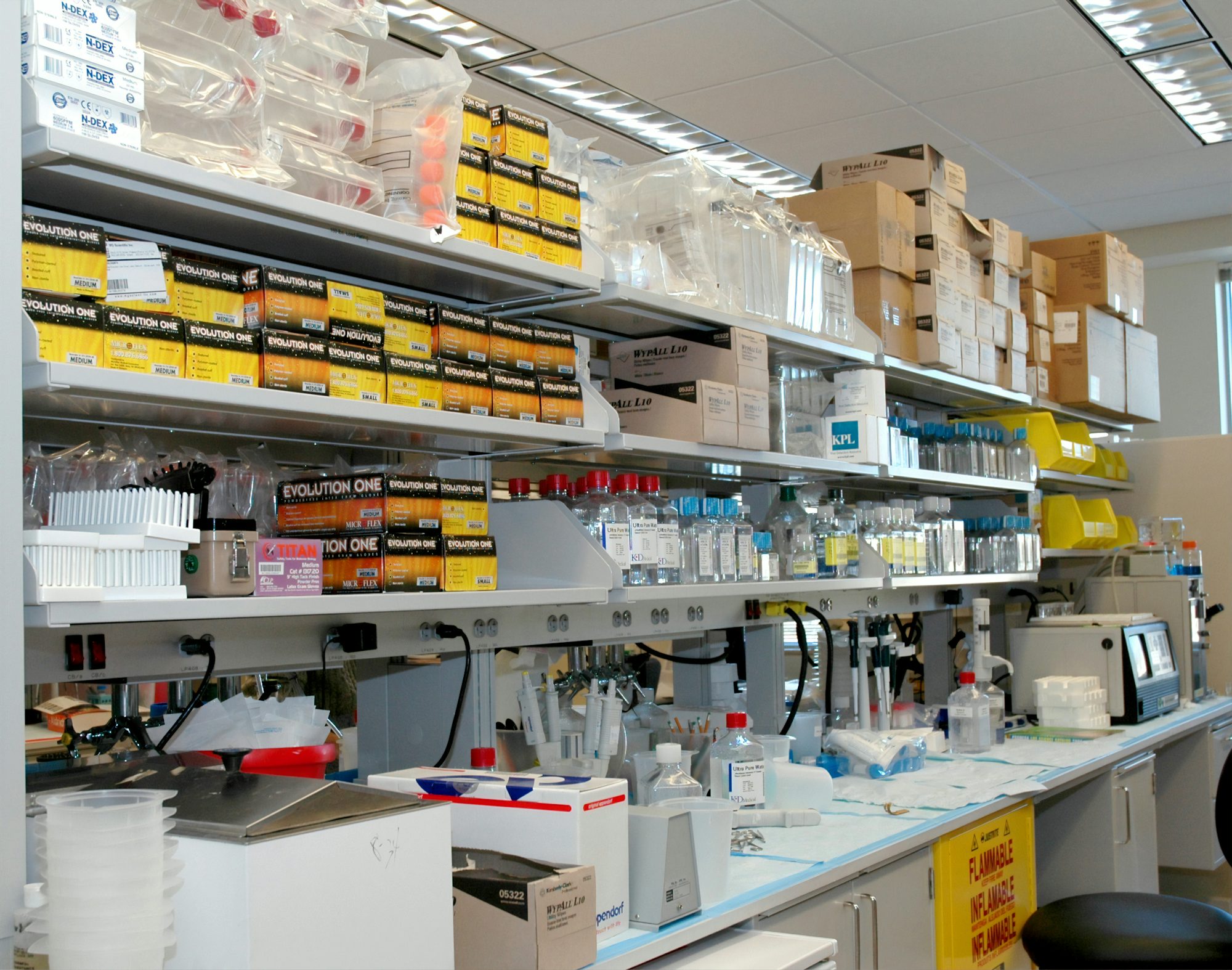
As awareness of health and environmental issues grows, many individuals are turning to plant-based diets as a means to improve their well-being and reduce their ecological footprint. A plant-based diet primarily focuses on foods derived from plants, including vegetables, fruits, grains, legumes, nuts, and seeds. While it doesn’t necessarily mean that one must become a vegetarian or vegan, it encourages a significant increase in the consumption of plant-based foods. This article will delve into the benefits of plant-based diets, explore how they contribute to personal health and environmental sustainability, and offer practical tips for incorporating more plant-based meals into your lifestyle.
One of the most compelling reasons to adopt a plant-based diet is its numerous health benefits. Research consistently shows that plant-based diets can help lower the risk of chronic diseases such as heart disease, diabetes, and certain types of cancer. By emphasizing whole foods rich in nutrients, individuals can improve their overall health and vitality. For instance, fruits and vegetables are packed with vitamins, minerals, and antioxidants that support immune function and promote cellular health. Whole grains provide fiber, which aids digestion and helps maintain a healthy weight.
Moreover, plant-based diets are often lower in saturated fat and cholesterol, which can be beneficial for heart health. Foods like fruits, vegetables, nuts, and legumes contain healthy fats, such as those found in avocados and nuts, which can help lower bad cholesterol levels. This shift in dietary focus can lead to improved cardiovascular health and a reduced risk of heart-related issues.
Another significant benefit of a plant-based diet is its potential for weight management. Many people find that by consuming more whole, unprocessed foods, they feel fuller for longer periods, reducing the temptation to overeat. Plant-based foods tend to be lower in calories yet rich in fiber, helping to create a feeling of satiety. Additionally, individuals who adopt a plant-based approach often report increased energy levels and improved overall well-being, further motivating them to maintain healthy eating habits.
The environmental impact of food choices cannot be overlooked. The production of animal-based foods typically requires more resources, including land, water, and energy, than plant-based foods. By choosing to incorporate more plant-based meals into your diet, you contribute to a reduction in greenhouse gas emissions and conserve natural resources. This shift not only benefits personal health but also supports global efforts toward sustainability.
Incorporating a plant-based diet into your life doesn’t have to be daunting. Start by gradually introducing more plant-based meals into your weekly routine. One effective approach is to designate certain days of the week as “meatless” days, where you explore a variety of plant-based recipes. This allows you to experiment with different flavors and ingredients without making an overwhelming commitment.
Begin your journey with simple meals that showcase plant-based ingredients. For example, create a vibrant salad filled with leafy greens, colorful vegetables, and a protein source like chickpeas or quinoa. Toss in a handful of nuts or seeds for added crunch and healthy fats. Another easy option is to prepare vegetable stir-fries, utilizing seasonal produce and whole grains like brown rice or quinoa. These meals are not only quick to prepare but also packed with flavor and nutrients.
For those who enjoy cooking, exploring plant-based recipes can be an exciting adventure. There are countless resources available, from cookbooks to online platforms, that offer creative and delicious plant-based meal ideas. Consider trying dishes like lentil soup, vegetable curry, or black bean tacos. These meals are not only satisfying but also highlight the versatility of plant-based ingredients.
Additionally, don’t forget to explore the world of plant-based snacks. Fresh fruits, raw vegetables with hummus, and energy balls made from nuts and dates are all excellent options for satisfying cravings between meals. By keeping healthy snacks on hand, you’ll be less likely to reach for processed foods that may not align with your goals.
When dining out, many restaurants now offer plant-based options, making it easier to enjoy meals that fit your dietary preferences. Don’t hesitate to ask for modifications to dishes or seek out establishments known for their plant-based offerings. This way, you can continue to enjoy social dining experiences while staying true to your dietary choices.
Another important aspect of transitioning to a plant-based diet is being mindful of nutritional balance. While focusing on plant foods, ensure that you are still meeting your nutritional needs, particularly regarding protein, iron, calcium, and vitamin B12. Incorporate a variety of legumes, nuts, seeds, and whole grains into your meals to provide adequate protein. For iron, consume foods like lentils, chickpeas, and spinach, and pair them with vitamin C-rich foods to enhance absorption. If you choose to eliminate animal products completely, consider fortified foods or supplements for vitamin B12.
As you embark on this journey, it’s essential to approach the transition with patience and flexibility. Allow yourself the freedom to explore new foods and recipes while also enjoying familiar favorites. The goal is to create a sustainable and enjoyable eating pattern that aligns with your health and environmental values.
In conclusion, adopting a plant-based diet can offer a multitude of health benefits while also supporting environmental sustainability. By prioritizing plant-based foods, individuals can lower the risk of chronic diseases, manage weight effectively, and contribute to a more sustainable future. Start by incorporating more plant-based meals into your diet, exploring new recipes, and enjoying the vibrant flavors that plant foods have to offer. With a mindful approach, you can embark on a journey toward better health and well-being, one delicious meal at a time.








